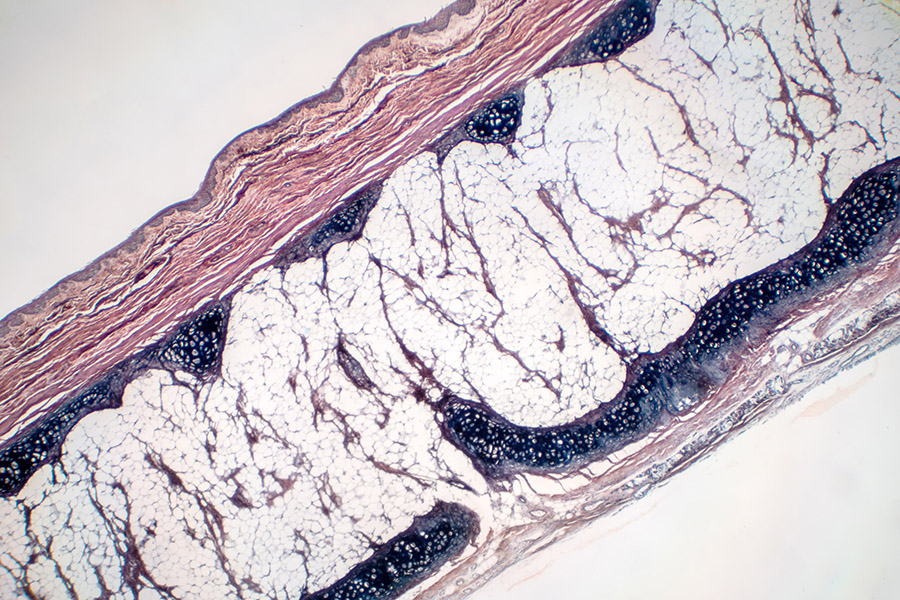
Click the video above
to watch our show
Bunions: Understanding Foot Health and Treatment
What Are Bunions?
A bunion is a bony bump that develops on the outside base of your big toe. It is caused by factors that make your big toe crowd sideways to your second toe. While initial symptoms can be benign, early detection is essential to prevent foot pain and discomfort.
What are the Risk Factors and Causes of Bunions?
While there are theories on how bunions develop, risk factors are at play in cause and severity:
- Family history of bunions
- Family history of rheumatoid arthritis and other inflammatory diseases
- Deformities at birth
- Faulty foot mechanics when walking
Bunions are more common in women. With these risk factors, bunions develop slowly.
Stressors on the joint can force the big toe to move towards the second toe. These stressors can be from chronic conditions such as rheumatoid arthritis. Micro-trauma forces like wearing ill-fitting shoes and standing for long periods can cause joint wear and tear.
Bunion Symptoms and Pain Management
While the big toe is significantly affected when it has a bunion, other toes are also affected by the misalignment of its joint. The following symptoms appear:
- Swelling and redness of bunion bump
- Pain or difficulty bending the big toe
- Pain upon pressure over the big toe’s joint
- Pain that comes and goes when not moving the big toe
- Calluses on the sides of the toes from rubbing against each other
- Hammertoes or painful tightening of the smaller toes’ tendons and joints
- The big toe turned and may cross over the second toe
The nature of bunion pain is chronic inflammation as the body tries to repair the constant wear and tear of the joint. Therefore, the goal of pain management is to decrease inflammation:
- Ice packs
- Topical and oral NSAIDs (non-steroidal anti-inflammatory drugs)
- Increase comfort with shoes with wide toe boxes (or widen shoes with a shoe toe box stretcher)
- Medical taping to increase support and lessen pressure sensitivity
- Bunion splints for comfort during sleeping
Effective Bunion Treatment Options
When left untreated, bunions can worsen gradually. If the bunion is not severe, there is a chance to halt or slow its progress with a combination of pain management and nonsurgical treatments.
- Custom orthotics
Tailored shoe inserts help align the toes, balance the foot, and even the weight and pressure on the big toe joint.
- Physical therapy
Physical therapy treatment manages bunions through pain management and exercise. Ultrasound therapy and massage can soften the structures around the big toe joint to lessen the stiffness and pain. Stretching and strengthening foot exercises can increase the toes’ mobility and strength to prevent the bunion from worsening.
- Steroid injections
Steroid injections are a late treatment to avoid surgery. These injections reduce pain and swelling. However, it must not be used regularly since it can damage the tissue in the body.
- Bunionectomy
Bunion surgery involves removing the bony bump and realigning the bones of the big toe to its correct position. This surgical treatment is often the last option if nonsurgical treatments haven’t worked due to the severity of the bunion.
Consulting with Our Expert Podiatrists
Early intervention for bunions is vital for the chance to halt or slow down their progression. If at-home pain management is insufficient, people should seek medical consultation.
We ensure personalized and holistic patient care at Proliance Surgeons Everett Bone and Joint. Please schedule an appointment today with our podiatrists for expert medical intervention and comfort.
Featured Orthopedic Surgeon(s)
- Foot and Ankle Orthopedic Surgery
- Knee Orthopedic Surgery
- Shoulder Orthopedic Surgery
- Sports Medicine
- Knee/Foot/Ankle
























